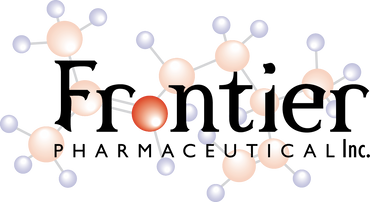Microbial Challenge of Breathless™* Toothpaste with C. albicans, E. coli, S. aureus, and S. sanguis
L. H. Green1, H. Alliger2
1Westbury Diagnostics, Inc. 2Frontier Pharmaceutical, Inc, Farmingdale, NY.
Abstract:
Oral conditions, such as periodontal disease are serious, not only because they can cause gum infections and the loss of teeth, but also because they have been shown to be linked to respiratory and even cardiac disease. Chlorine dioxide, in the past a relatively unknown compound, has been shown to be a powerful antimicrobial agent used in products ranging from hand creams to mouthwashes. Breathless™ is a chlorine dioxide toothpaste, based on a patented formulation.
In this study, an assay was developed to determine the effectiveness of different formulations of Breathless™ against high concentrations of C. albicans, E. coli,
S. aureus, and S. sanguis. Results indicated that even at the lowest concentration of chlorine dioxide tested, Breathless™ was capable of reducing the level of all of these organisms, by more than 6.4 log dilutions, after only one minute of exposure. Further assays, to determine the effects of Breathless™ against oral anaerobic organisms, are in development.
* Breathless was re-named DioxiBrite
- &II
1-631 293 3626
Microbial Challenge of Breathless™Toothpaste with C. alibicans, E. coli, S. aureus and S. sanguis
, L.H. Gree H. Alliger 2
Westbury Diagnostics, Inc. Farmingdale, NY; 2Frontler Pharmaceutical, Inc. Farmingdale, NY
P'HA.I\H/'CtUTICAlillC.
|
1-6317771420
|
10
s9I
|
a.38
Efficacy of DioxiBrlte on Various Microorganisms
I minute contact time
765 804
734 744
7
t 6
|
5
J 4
3
2
1
|
0
t , u ngutt It eol I. aureu, C.llblCaM
|
KEY: l=Chollenge lnoculum 2=Recovercd Control 3= Recovered Test

